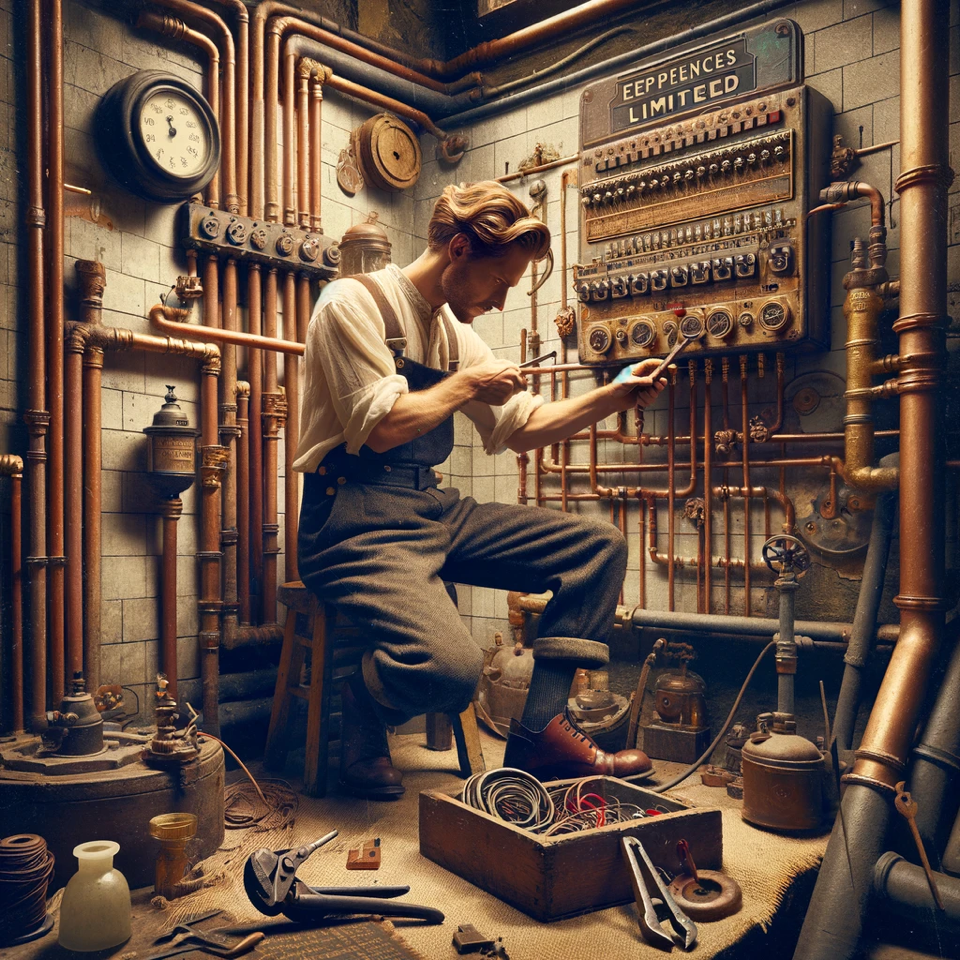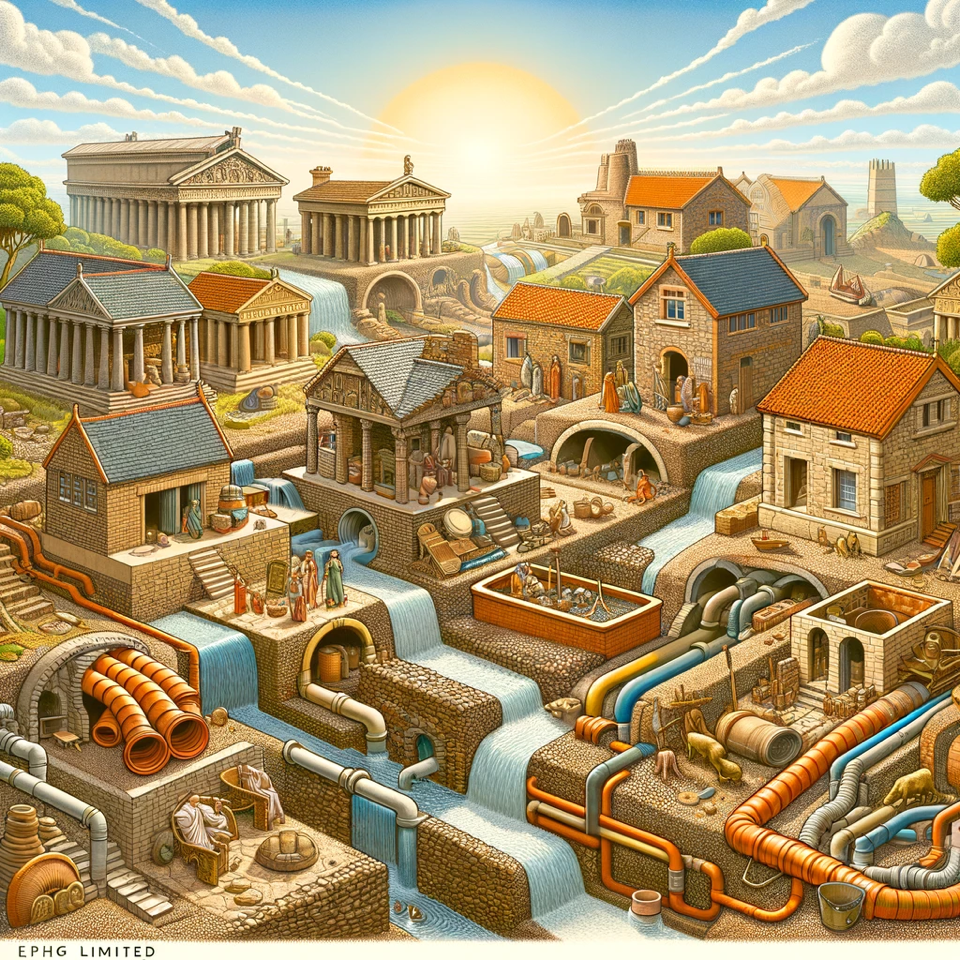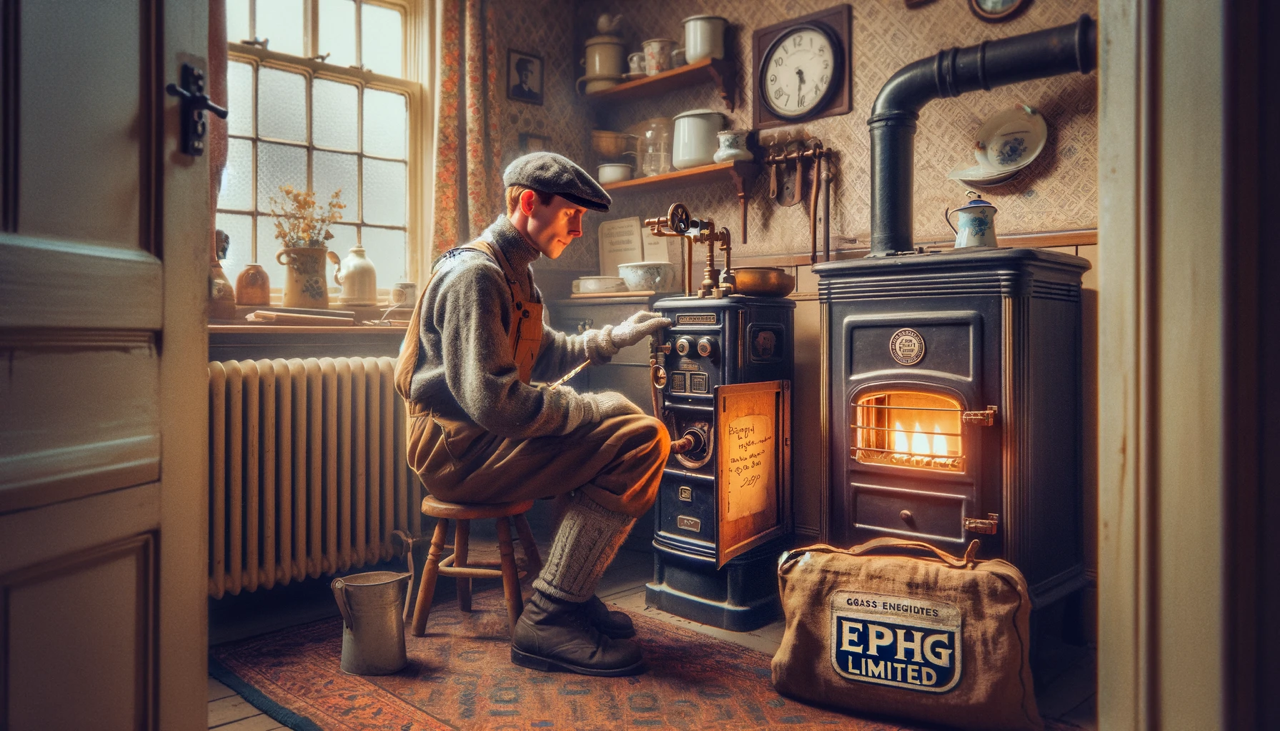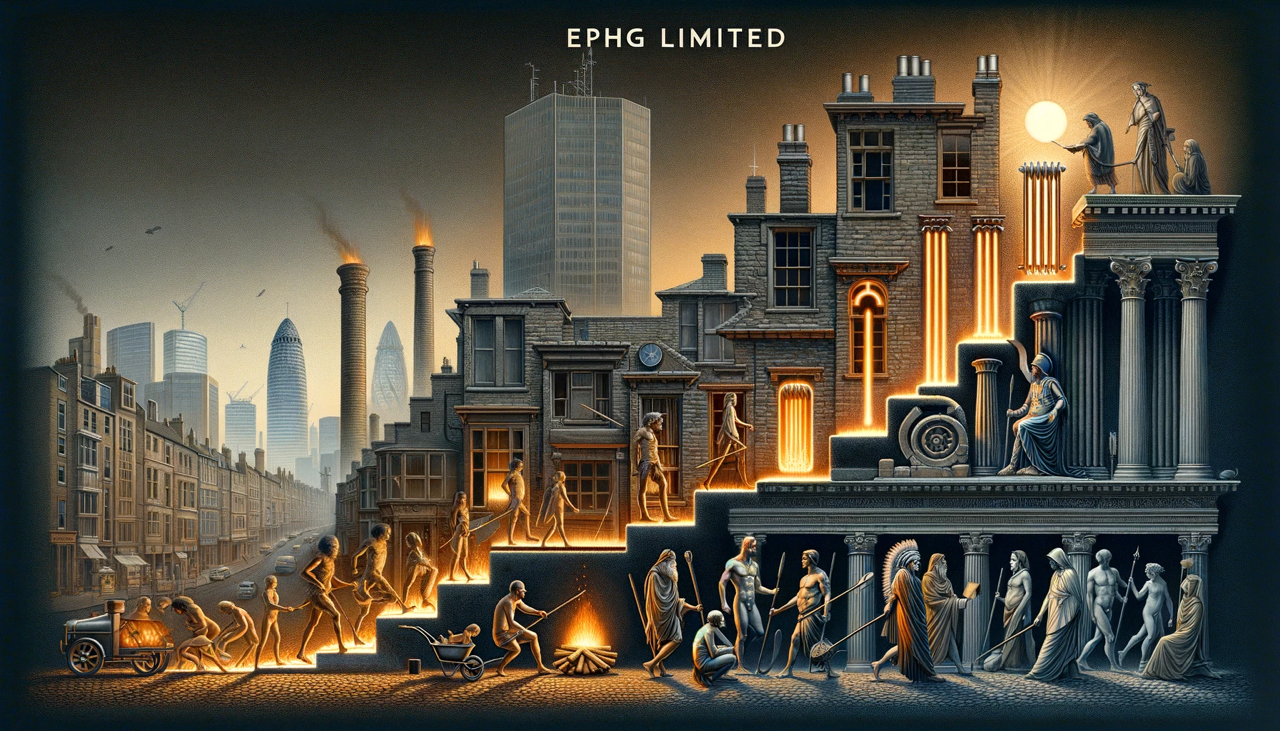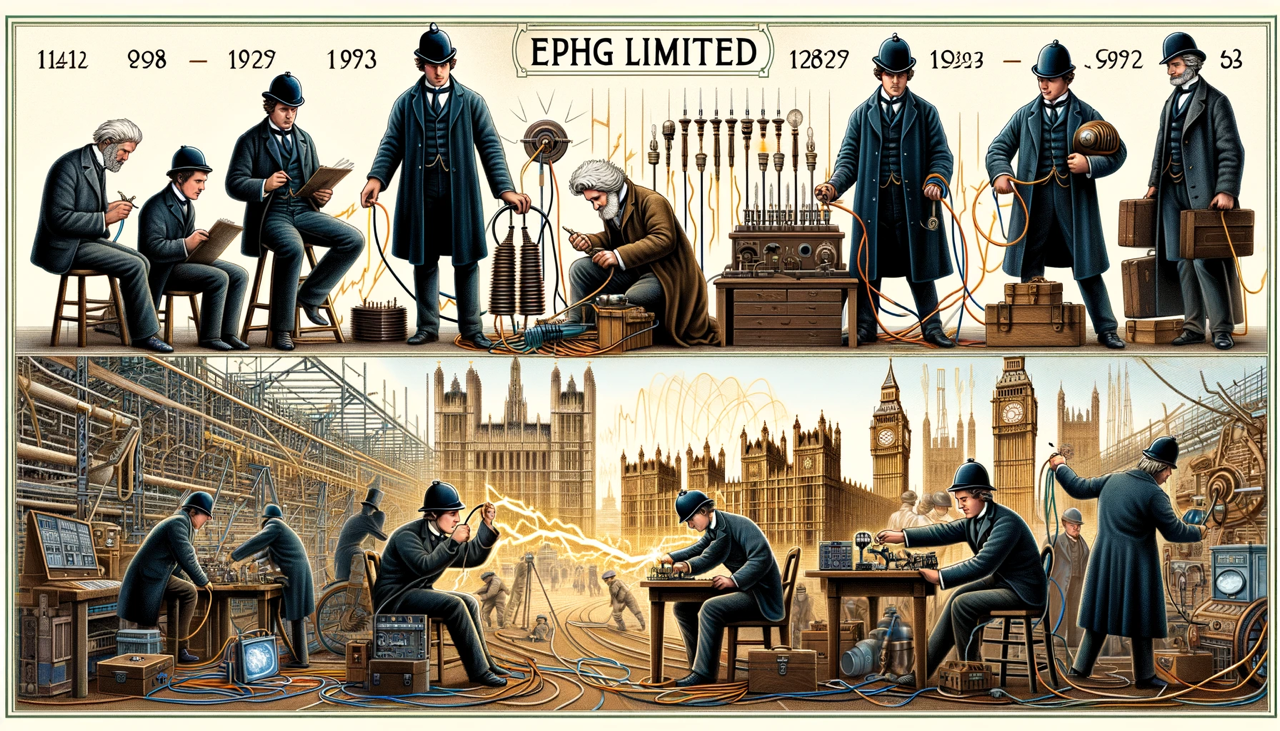The History of the World's Plumbing and the Evolution of the Emergency Plumber
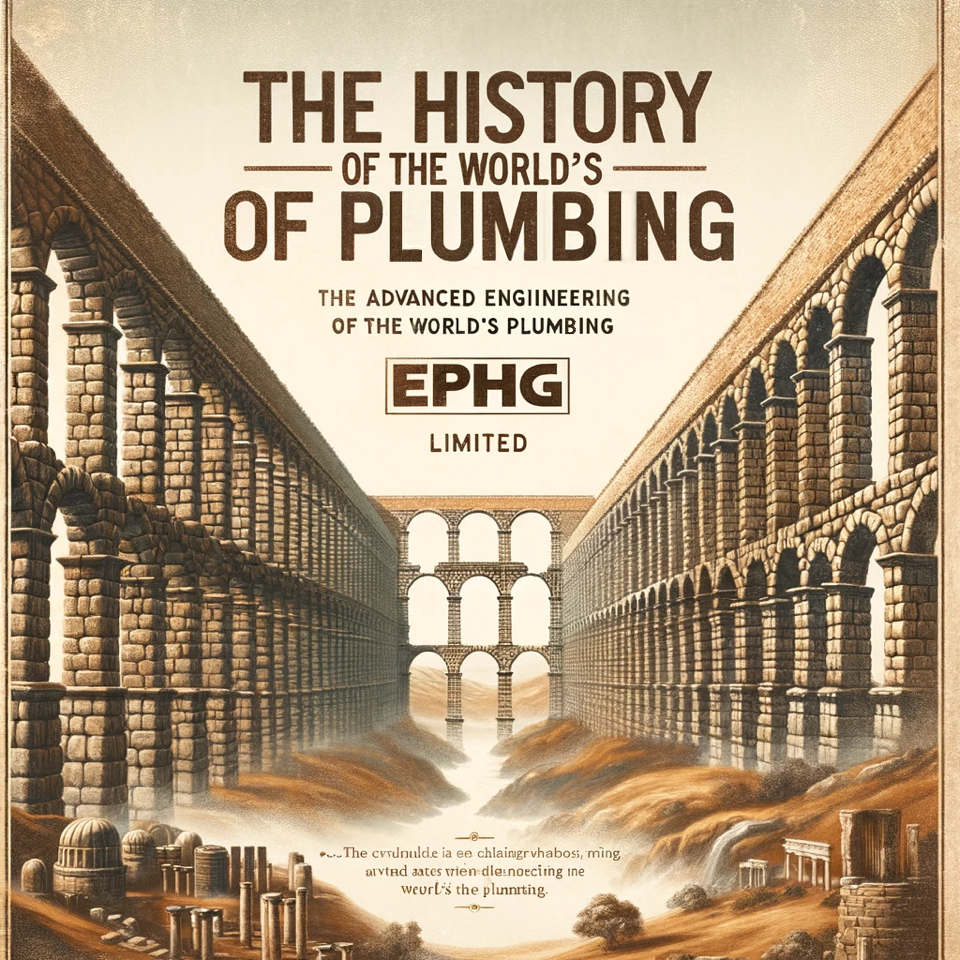
From ancient civilizations to modern cities, the history of the world's plumbing is a fascinating journey through time, innovation, and engineering. This historical exploration not only sheds light on how societies managed water and waste but also underlines the pivotal role of the emergency plumber, a profession that has become indispensable in our day-to-day lives.
Ancient Beginnings: The Dawn of Plumbing Systems
The story of plumbing begins in the ancient world. The earliest known plumbing systems date back to around 4000 to 3000 B.C. in the river valleys of the Indus, Nile, and Tigris-Euphrates. These civilizations engineered rudimentary yet effective systems for irrigating crops and transporting waste. The Minoans of Crete, around 2000 B.C., took plumbing to a new level with underground sewage systems and the first flush toilets.
Perhaps the most well-known ancient plumbing systems were those of the Romans. Their aqueducts, public bathhouses, and latrines are a testament to their advanced engineering skills. Roman aqueducts, some of which are still standing, transported water from distant sources into cities and towns, revolutionizing water accessibility.
Medieval Times: Stagnation and Challenges
After the fall of the Roman Empire, plumbing technology saw a period of stagnation. During medieval times, most European cities lacked proper sewage systems, leading to sanitation issues. This was a time when the role of an emergency plumber was non-existent, and communities often suffered from the spread of diseases due to poor hygiene and sanitation.
The Industrial Revolution: A New Era for Plumbing
The 19th century marked a turning point with the Industrial Revolution. Cities grew, and the need for better sanitation became crucial. The invention of the S-trap in 1775 by Alexander Cumming and the flush toilet patented by Joseph Bramah in 1778 were significant advancements. However, it was not until the widespread implementation of sewage systems in major cities like London in the late 1800s that substantial progress was made in public health.
The 20th Century and Beyond: Emergence of the Emergency Plumber
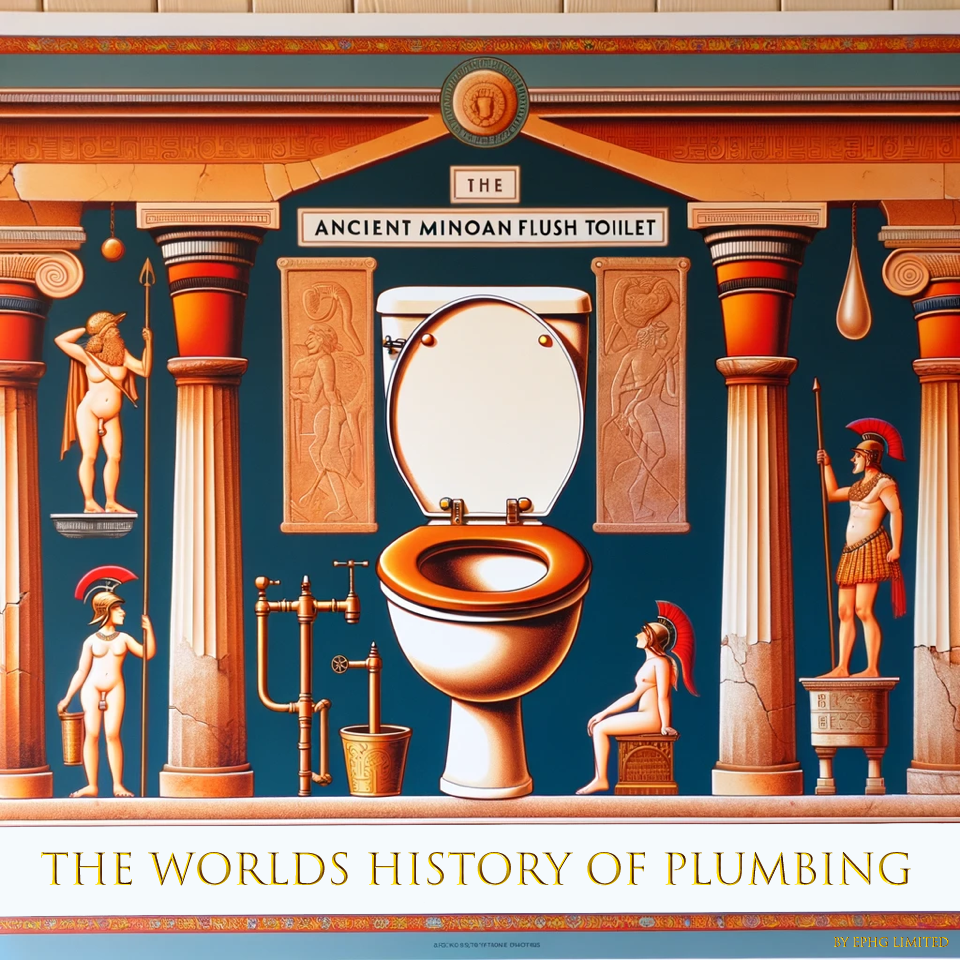
The 20th century brought about significant advancements in plumbing, with materials like PVC replacing lead and cast iron. Plumbing standards were established, and the profession became more specialized and regulated. The concept of the 'emergency plumber' emerged during this era, addressing urgent plumbing issues like pipe bursts, sewage backups, and other crises that required immediate attention. This specialization was vital for urban living, as quick, efficient, and professional plumbing services became a necessity for the maintenance of public health and hygiene.
The Modern Emergency Plumber: A Vital Service in Daily Life
Today, the emergency plumber stands as a crucial service provider in society. Equipped with advanced technology such as CCTV cameras for pipe inspections and high-pressure water jets for unblocking, these professionals are vital in maintaining modern plumbing systems. They are the unsung heroes who work round the clock to ensure our homes and cities function smoothly.
Conclusion: Reflecting on Our Plumbing Heritage
The history of the world's plumbing is a narrative of human ingenuity and progress. From the aqueducts of ancient Rome to the sophisticated plumbing systems of today, each advancement reflects a leap in improving public health and living standards. The evolution of the emergency plumber, from a non-existent role in medieval times to a crucial service today, mirrors this progress. As we continue to innovate and improve our plumbing systems, we pay homage to a history that has significantly shaped human civilization.
